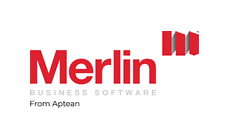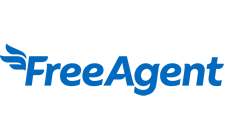NI rates hiked - how much more will workers pay?
Earlier today (7 September) Boris Johnson announced that NI and dividend tax rates will be hiked to help fund social care, pay for coronavirus support measures and clear the NHS backlog. Who will be affected and by how much?

Firstly, NI rates will increase by 1.25% from April 2022. This will apply to both primary and secondary Class 1 contributions, which will increase to 13.25% and 3.25% for earnings up to, and above, the upper earnings limit respectively. Class 4 rates will also increase to 10.25% and 3.25%. The additional 1.25% will be carved out as a separate levy from April 2023 - essentially it will be a new tax.
To illustrate what this will mean for employees, the following table is a useful reference, assuming the current NI thresholds apply:
|
Salary |
Current NI bill |
Expected increased NI bill |
Change |
|
£15,000.00 |
£651.84 |
£719.74 |
£67.90 |
|
£25,000.00 |
£1,851.84 |
£2,044.74 |
£192.90 |
|
£35,000.00 |
£3,051.84 |
£3,369.74 |
£317.90 |
|
£45,000.00 |
£4,251.84 |
£4,694.74 |
£442.90 |
|
£55,000.00 |
£4,951.84 |
£5,519.74 |
£567.90 |
Secondly, the dividend tax rates will also increase by 1.25%, i.e. to 8.75%, 33.75% and 39.35% for basic, higher and additional rate taxpayers respectively.
Related Topics
-
Company motorbikes - a two-wheeled tax trap?
You’ve taken on a youngster as a general assistant for your business. The role includes making local deliveries for which your firm provides a motorbike. This could trigger unexpected tax and NI charges. What steps can you take to avoid them?
-
Deadline to pay Class 1B NI
-
Do you need to pay tax on loyalty points and cashback?
You’ve been making business purchases on your personal credit card and reaping the rewards in the form of airmiles and cashback. What, if anything, do you need to do to keep on the right side of HMRC?







 This website uses both its own and third-party cookies to analyze our services and navigation on our website in order to improve its contents (analytical purposes: measure visits and sources of web traffic). The legal basis is the consent of the user, except in the case of basic cookies, which are essential to navigate this website.
This website uses both its own and third-party cookies to analyze our services and navigation on our website in order to improve its contents (analytical purposes: measure visits and sources of web traffic). The legal basis is the consent of the user, except in the case of basic cookies, which are essential to navigate this website.